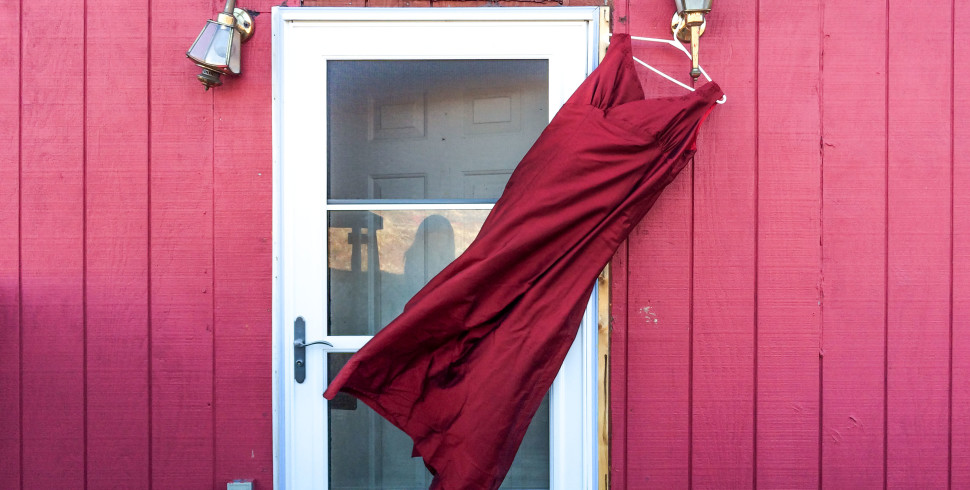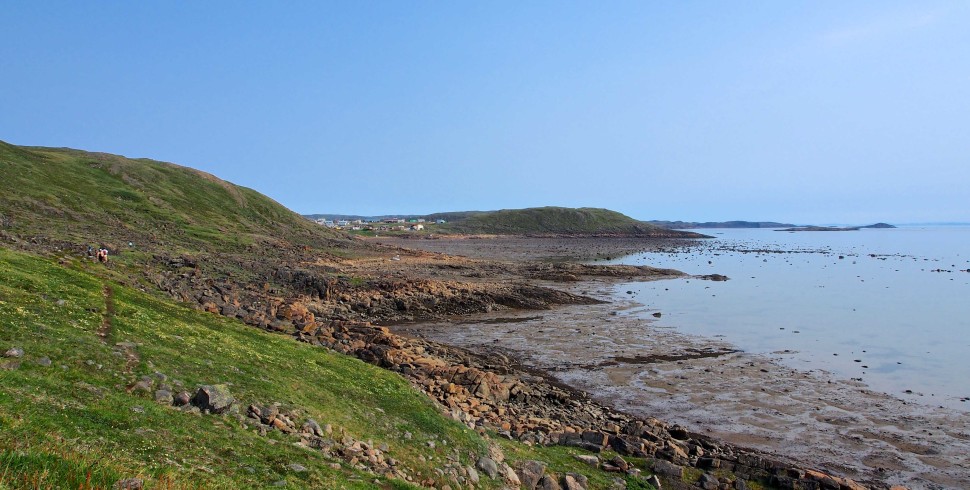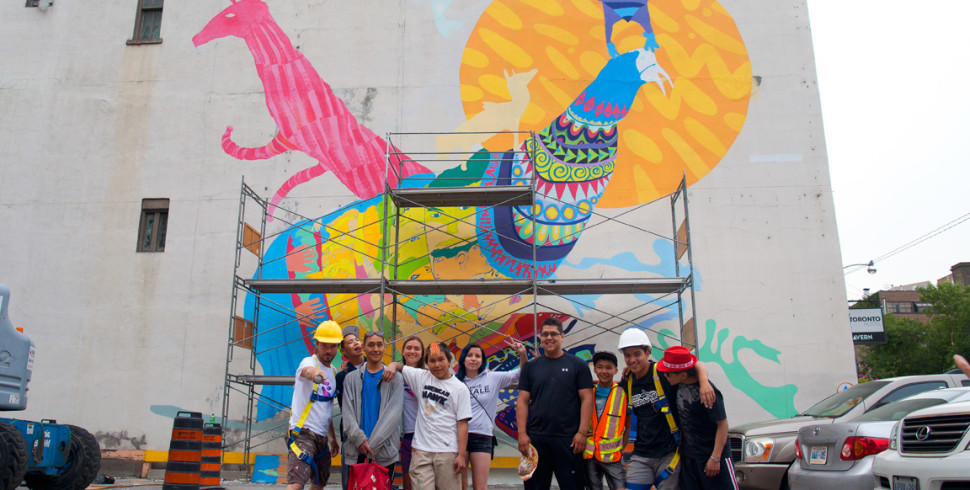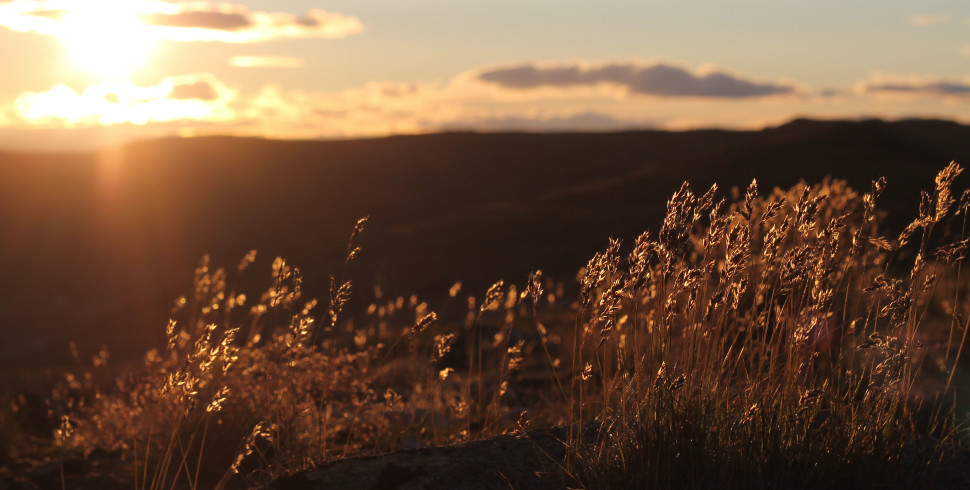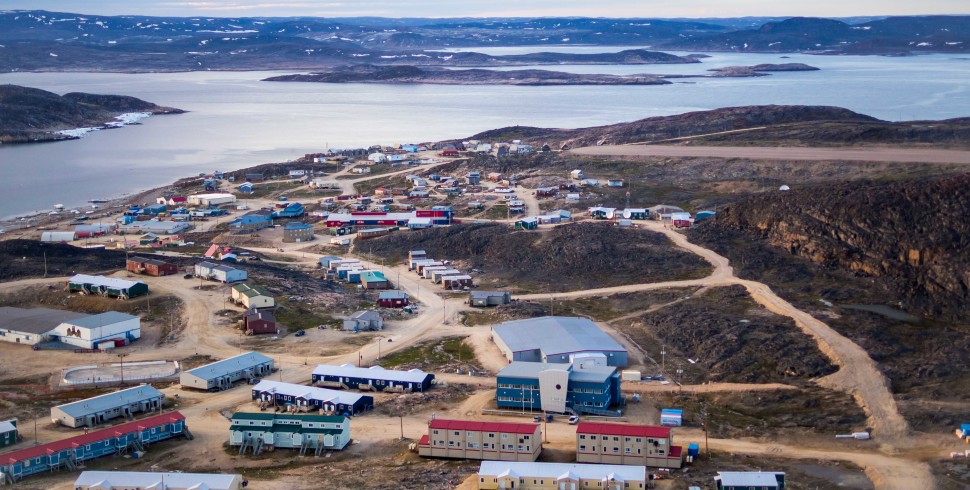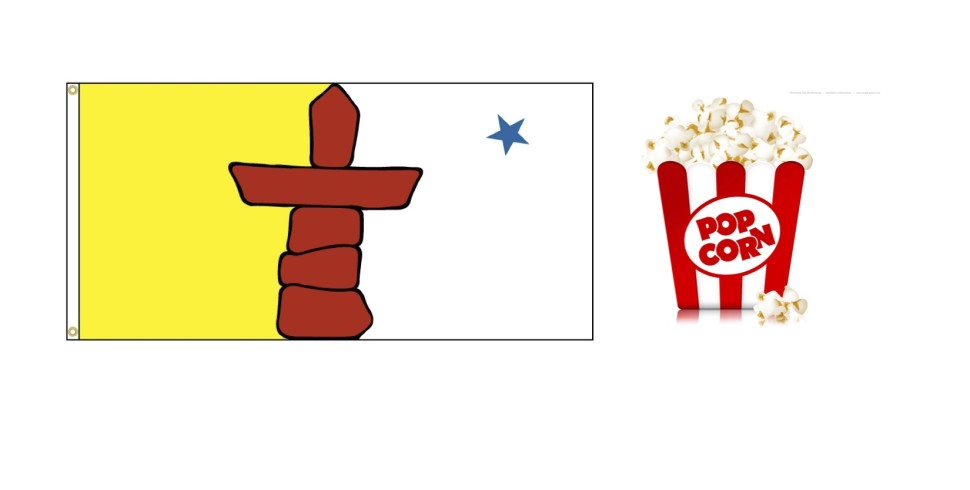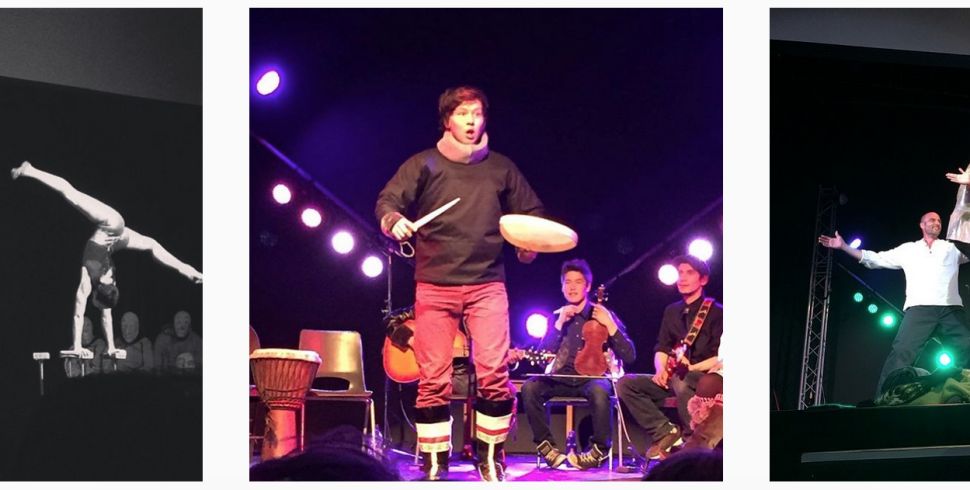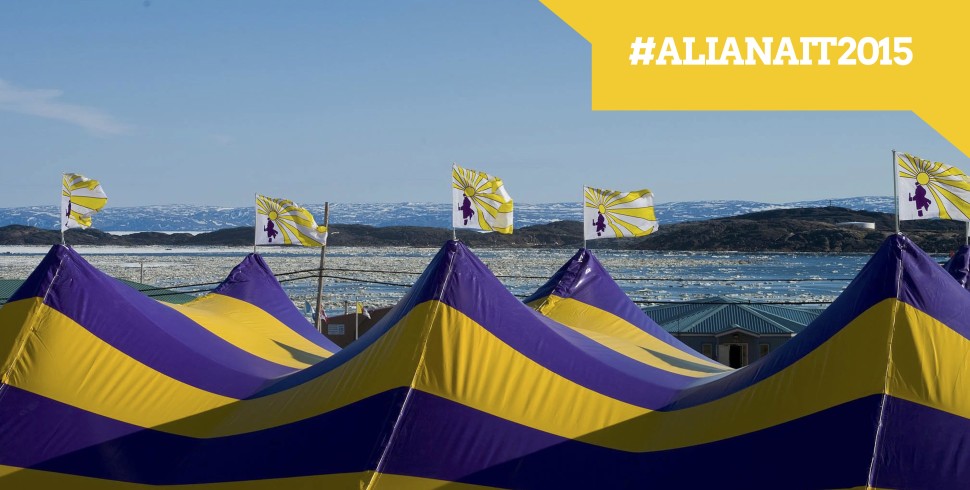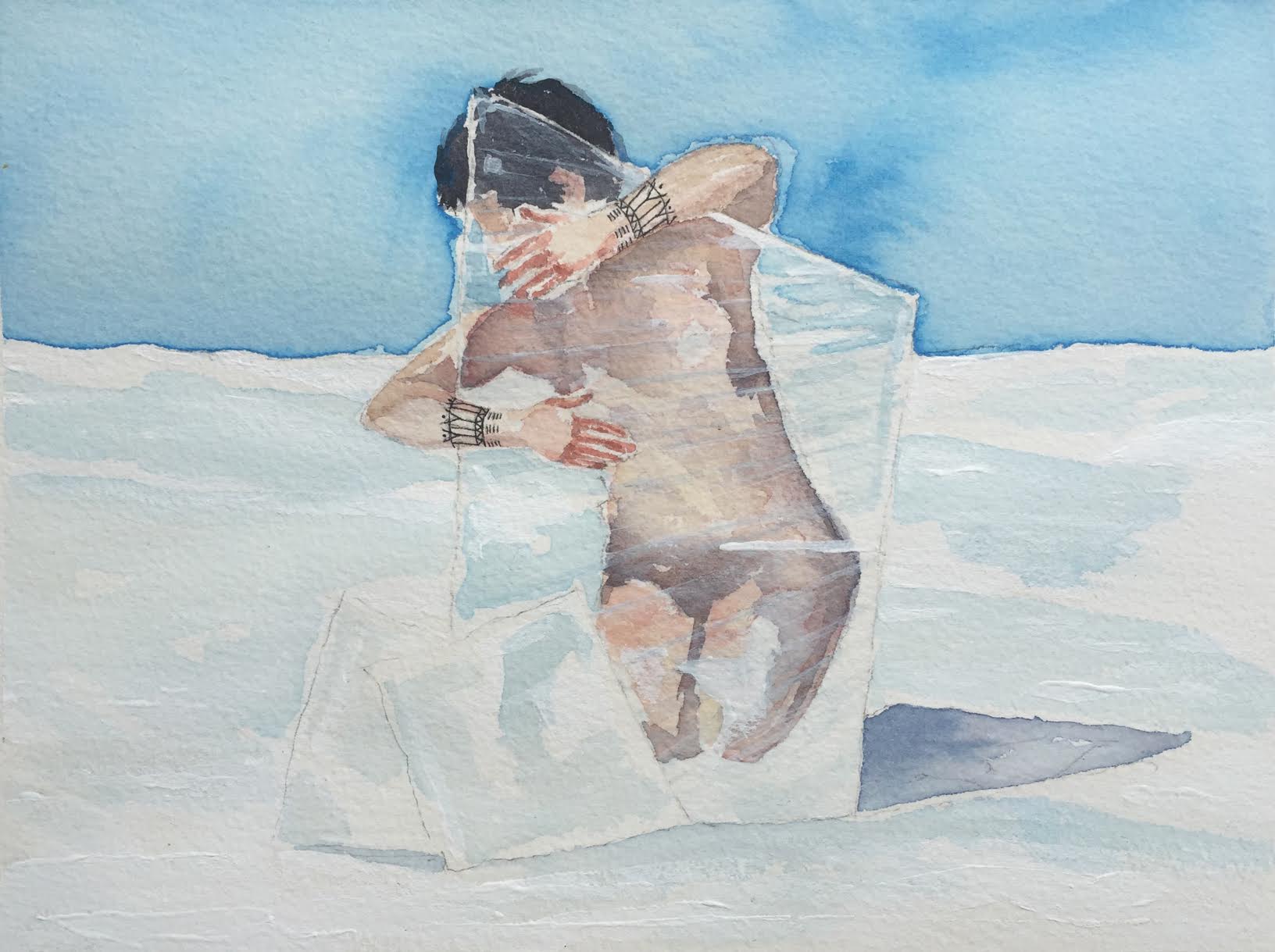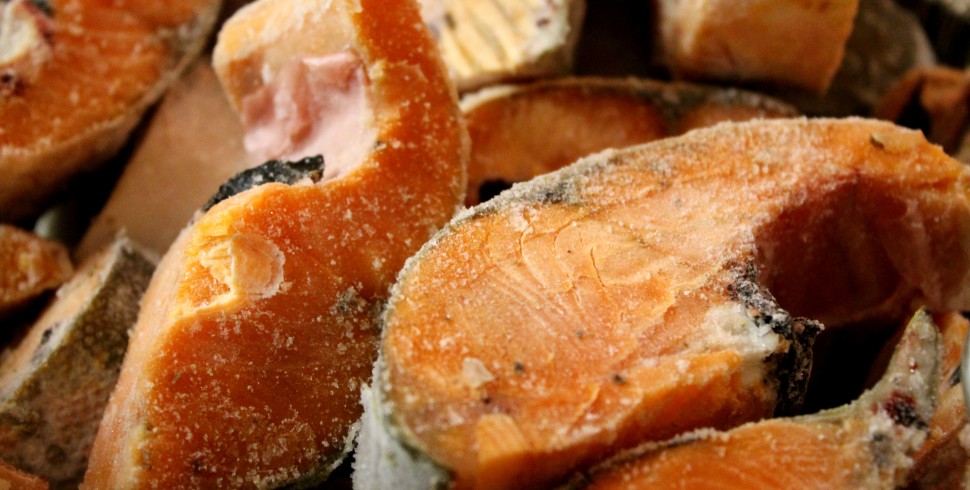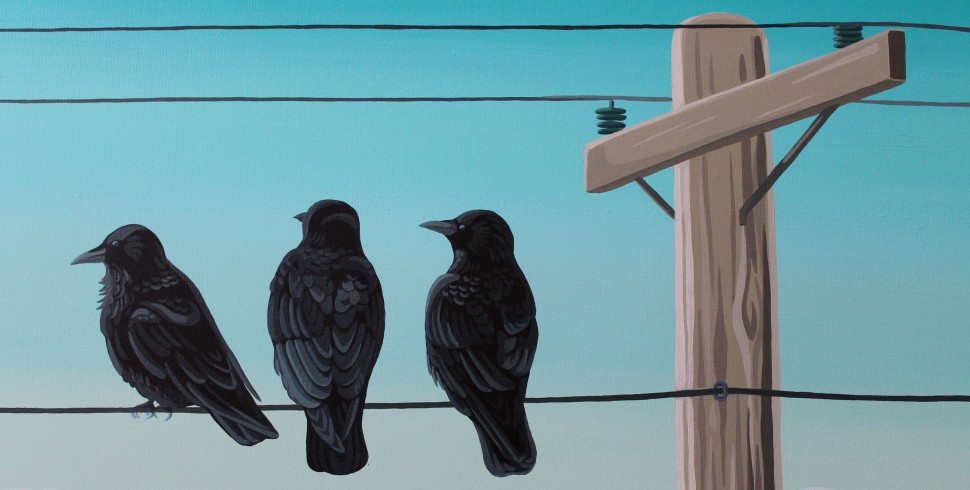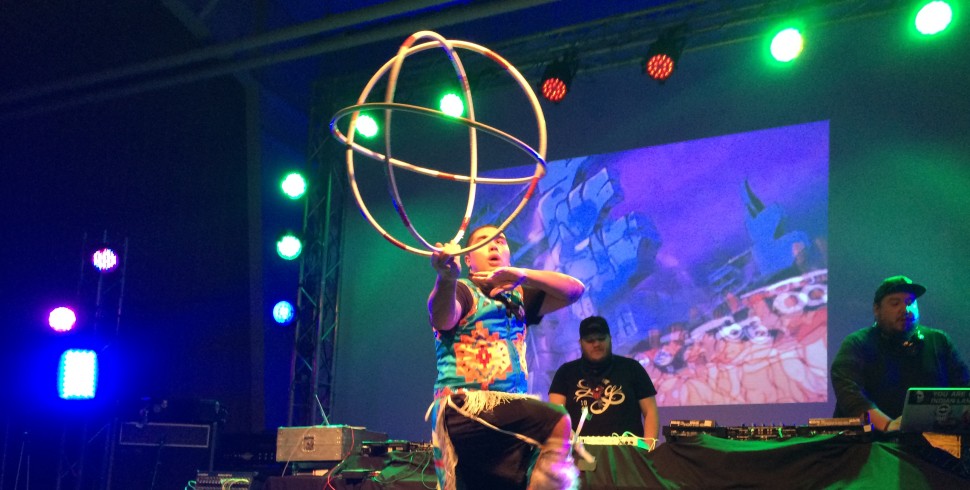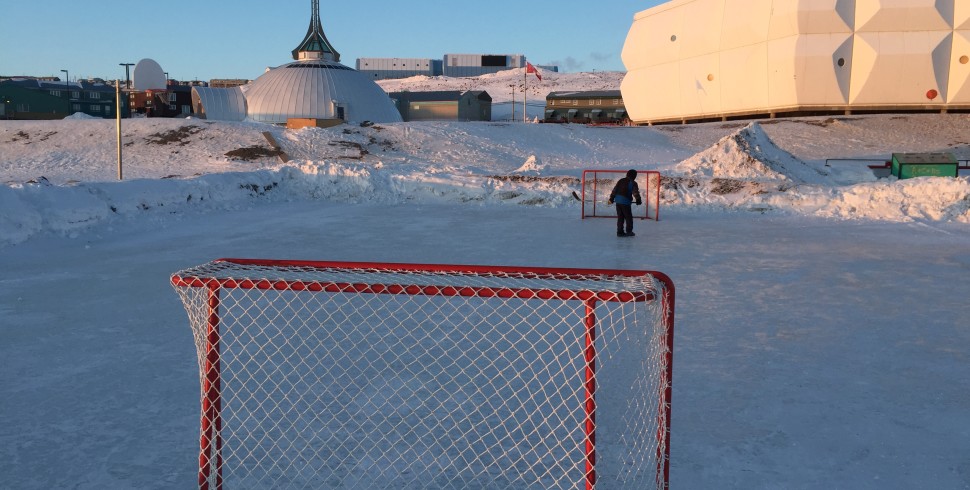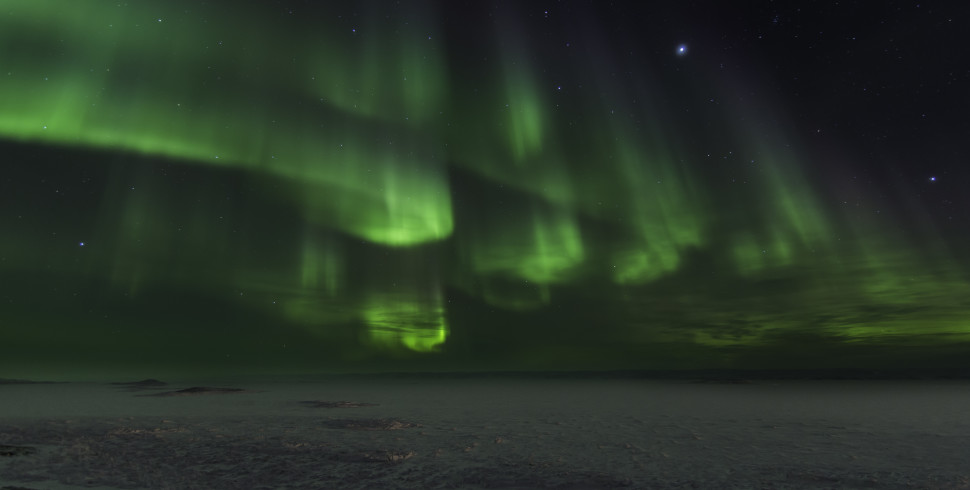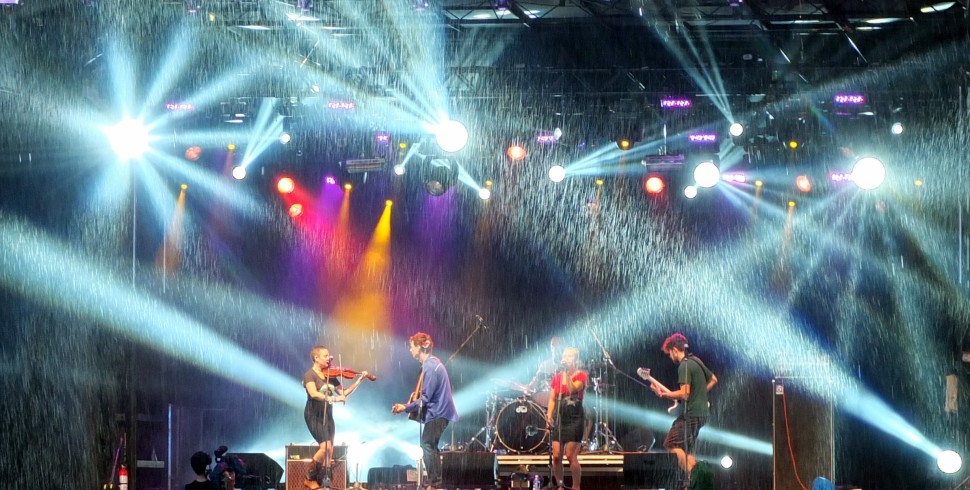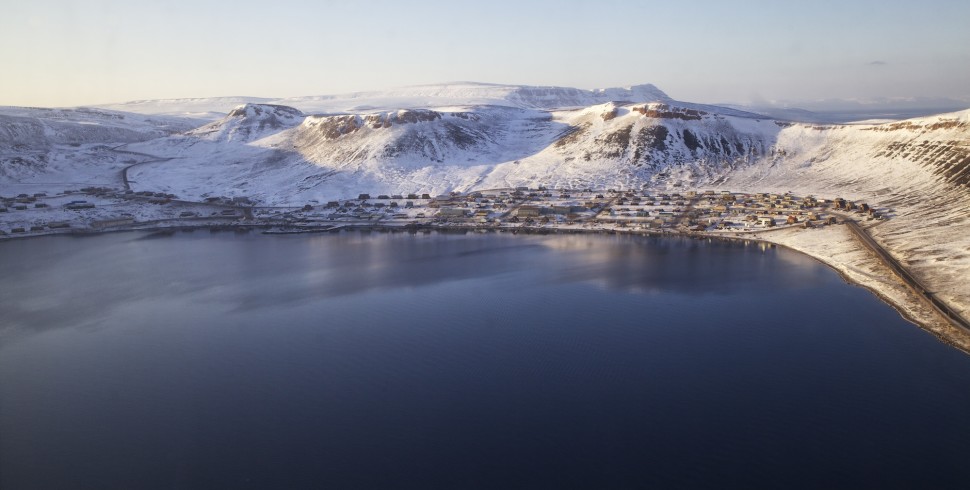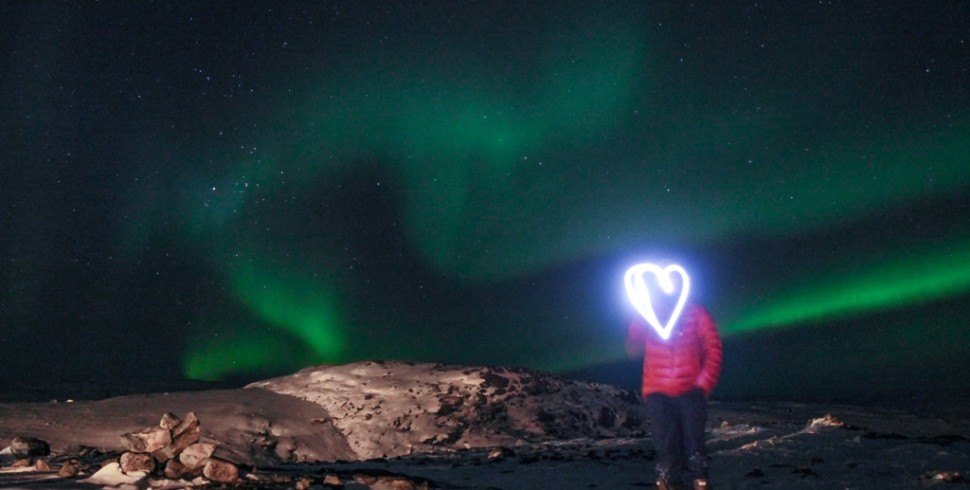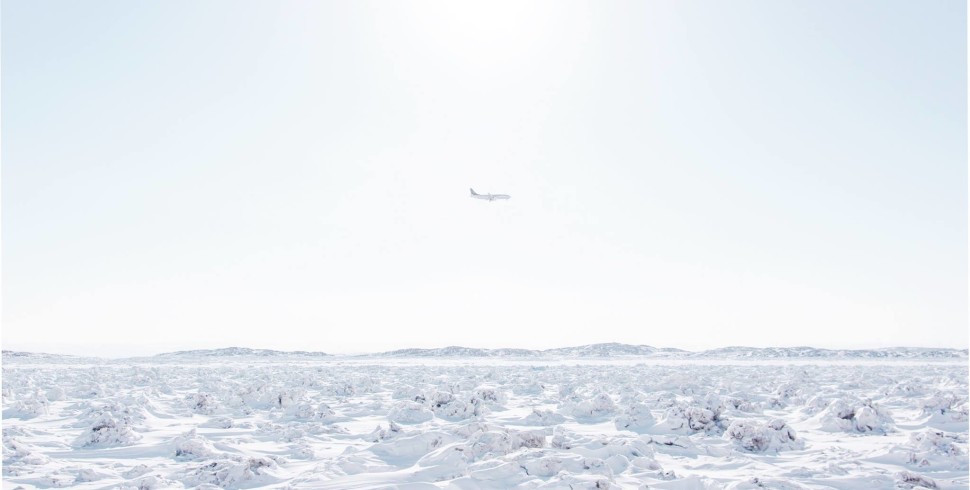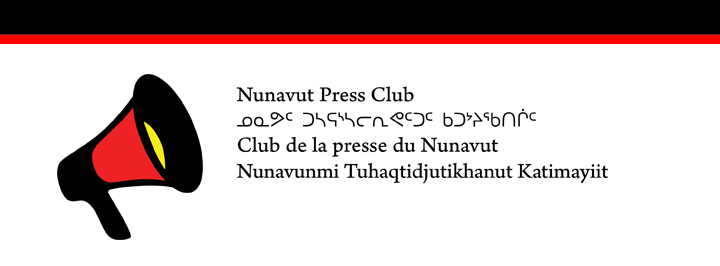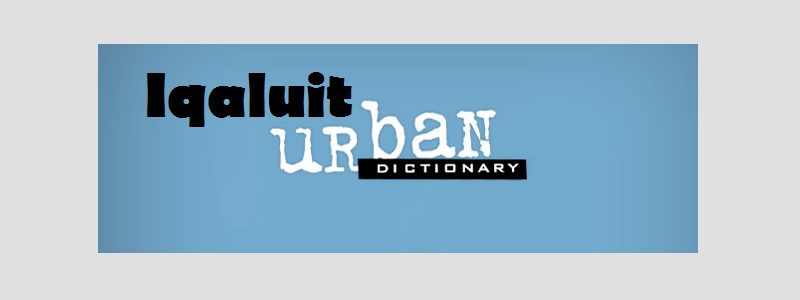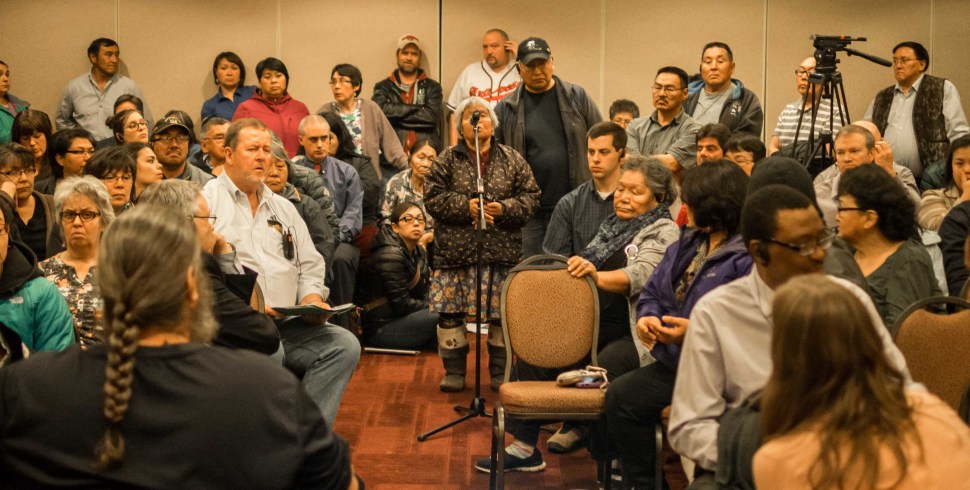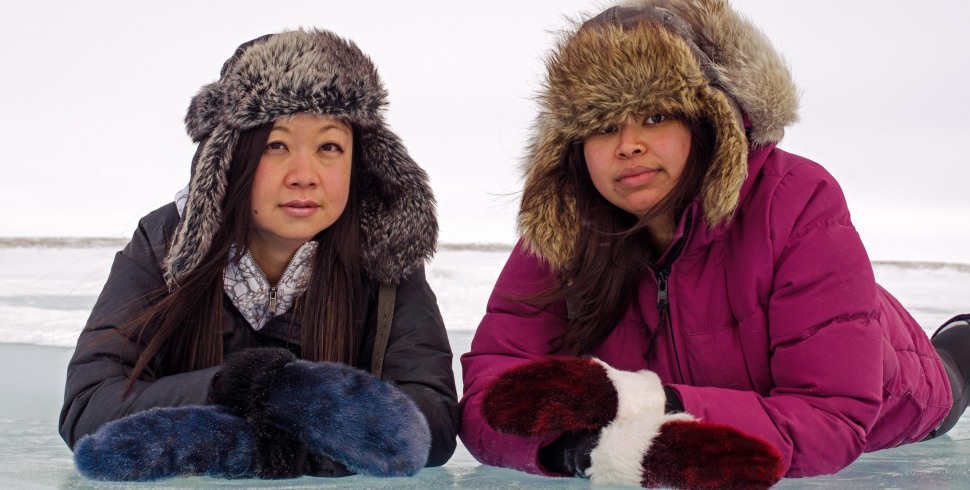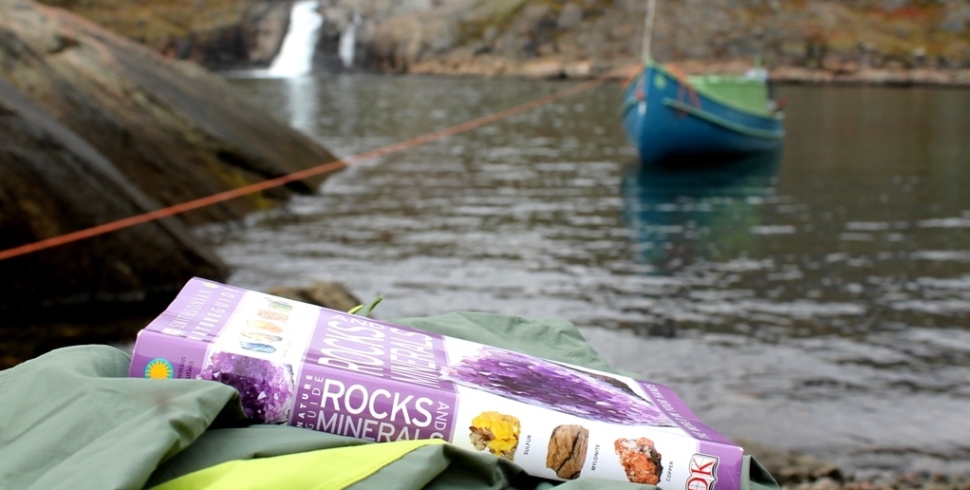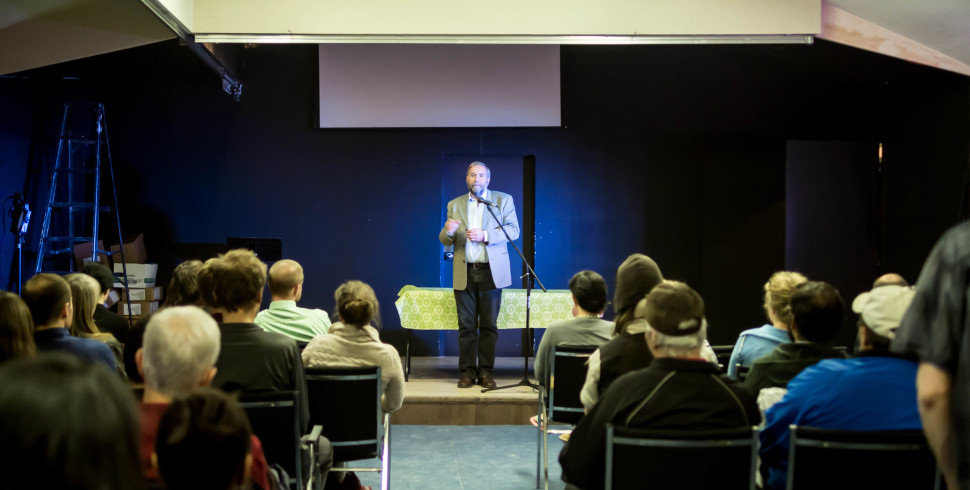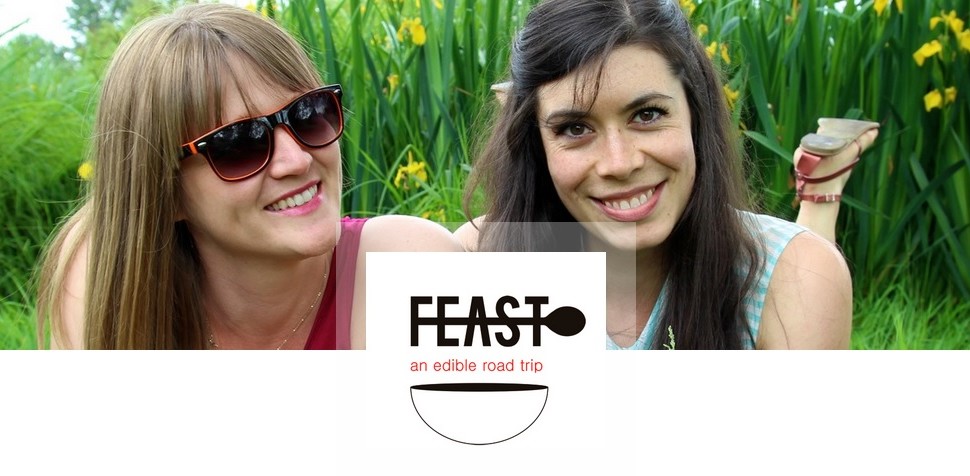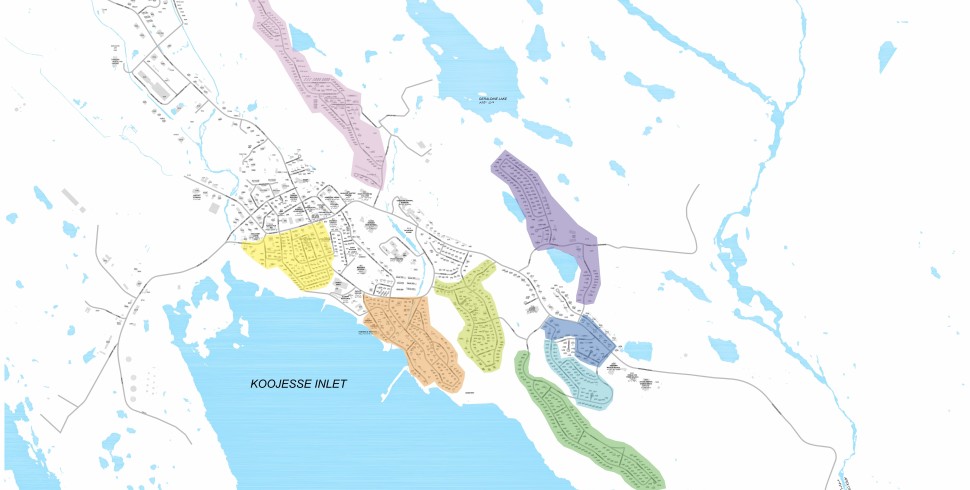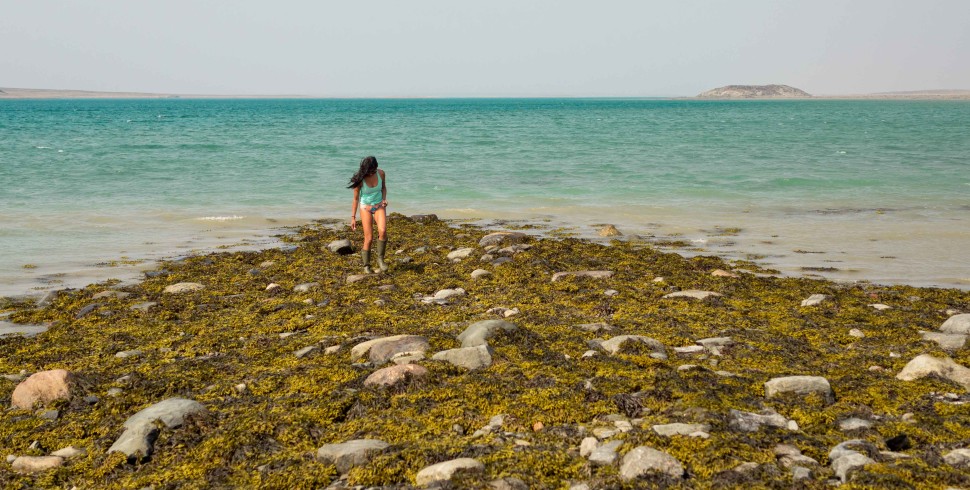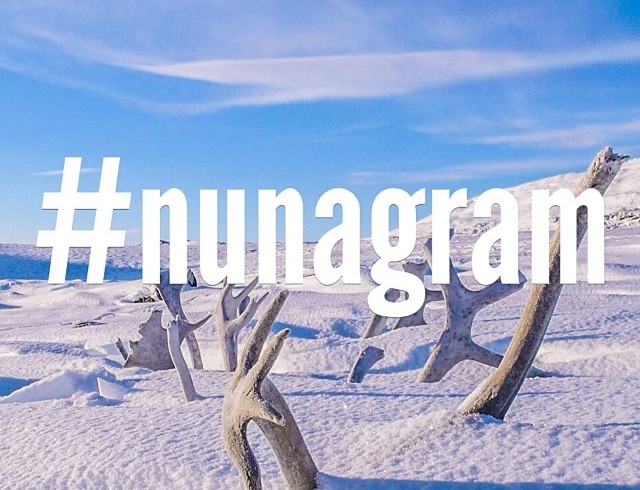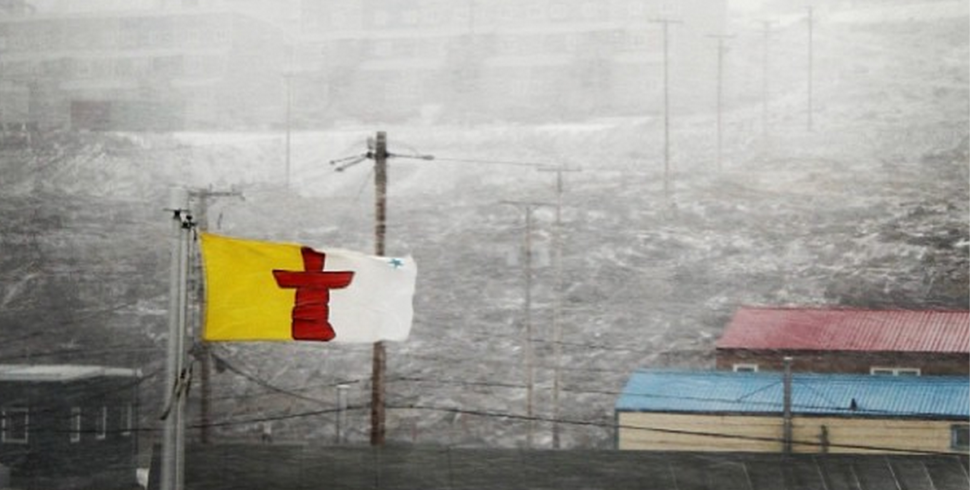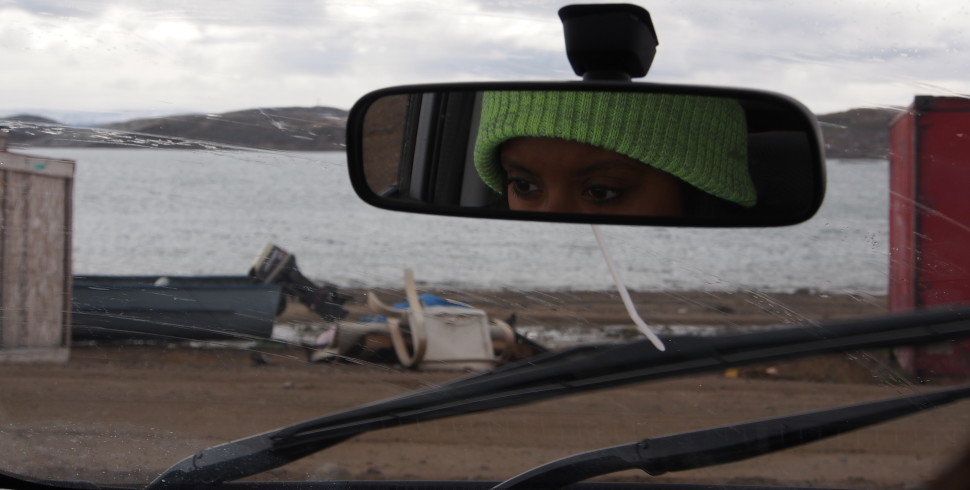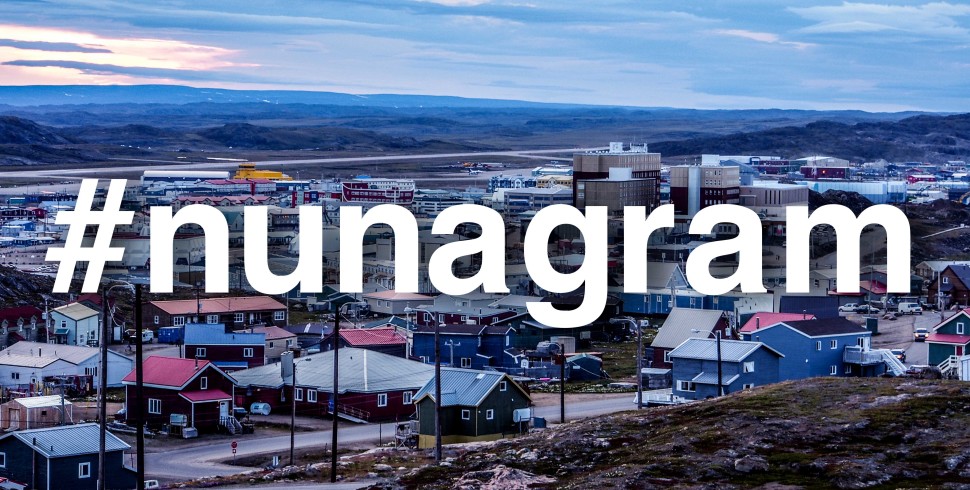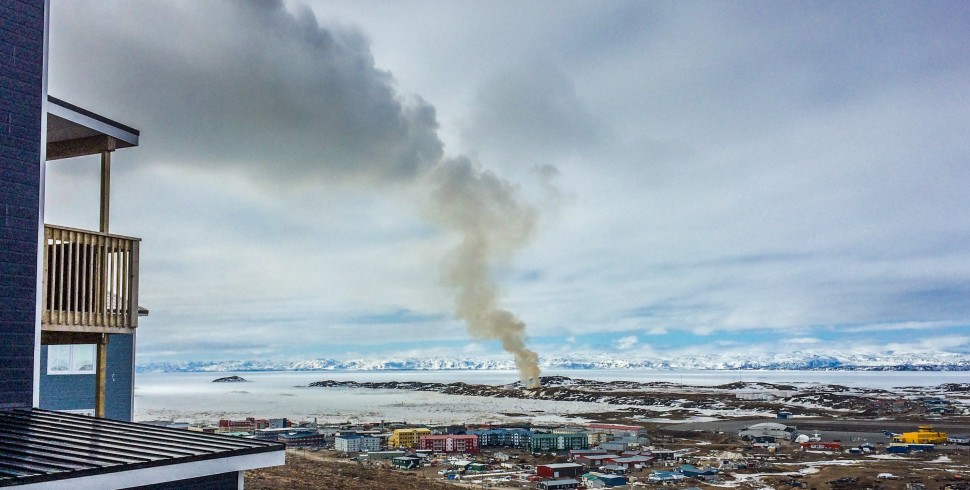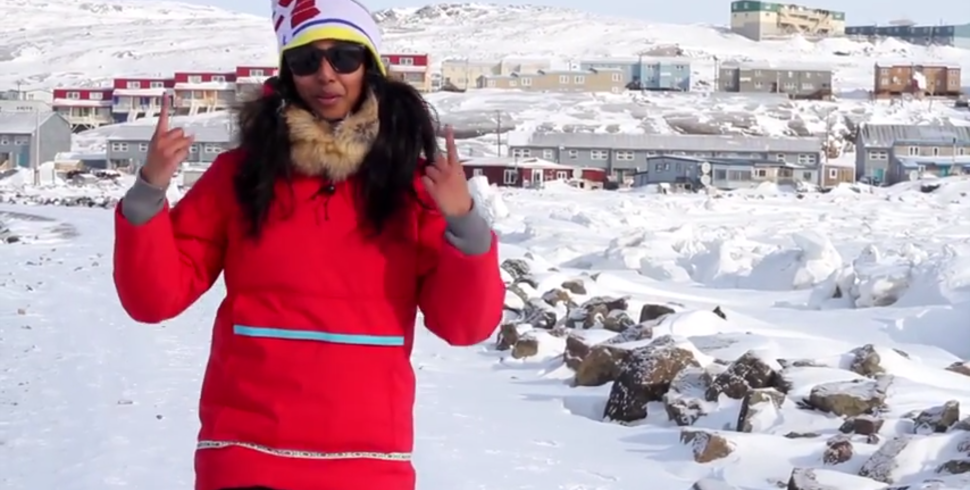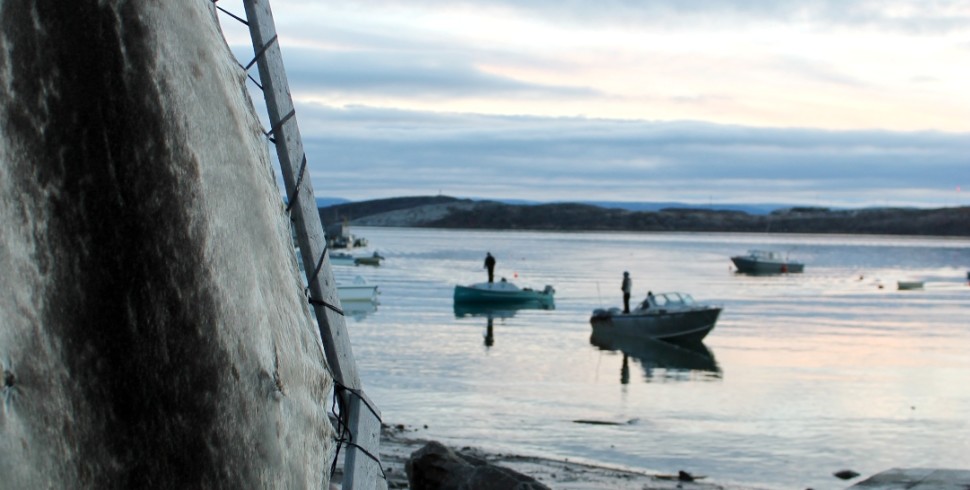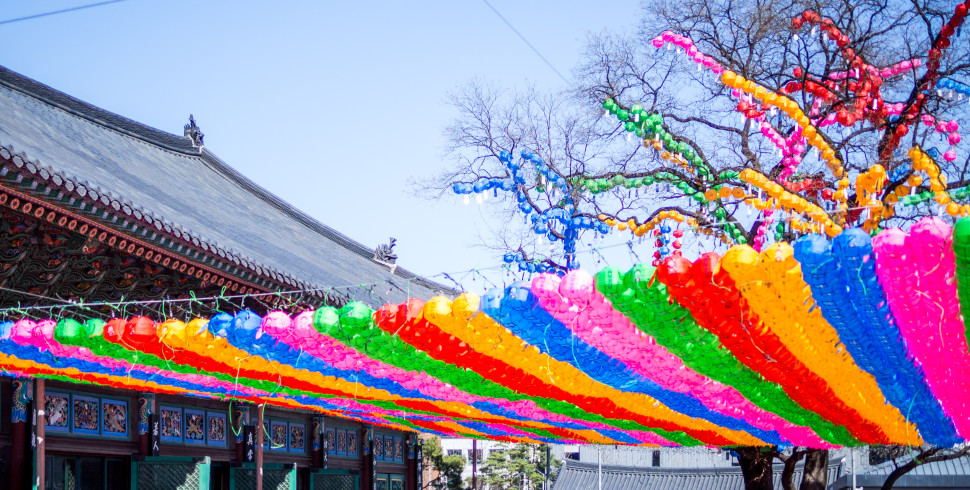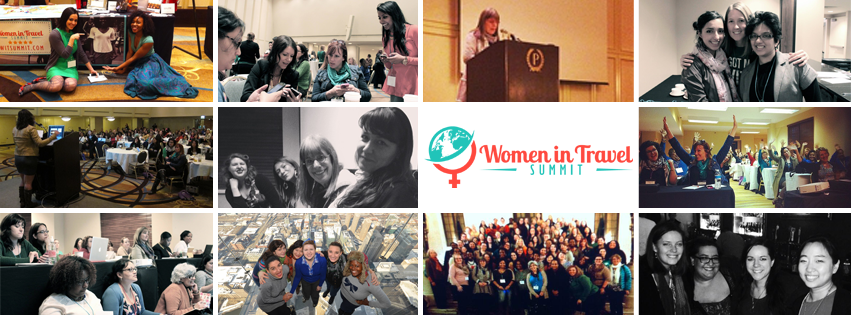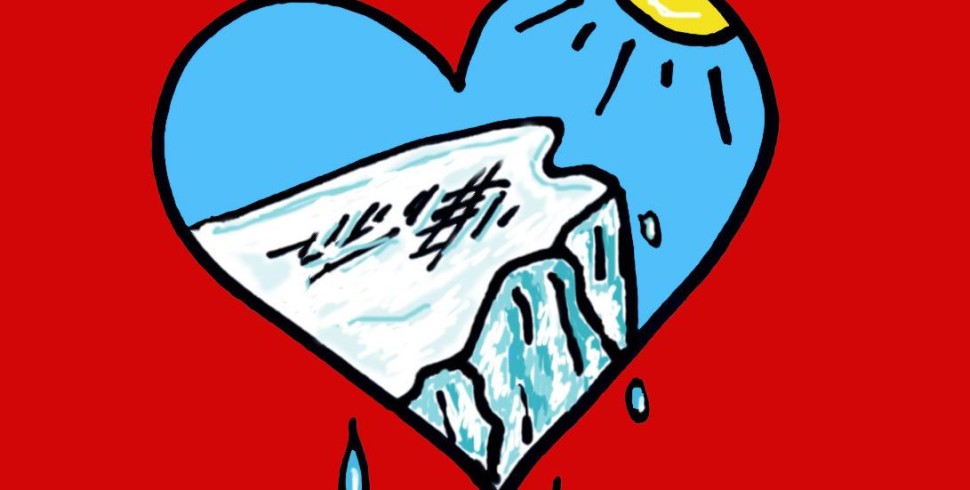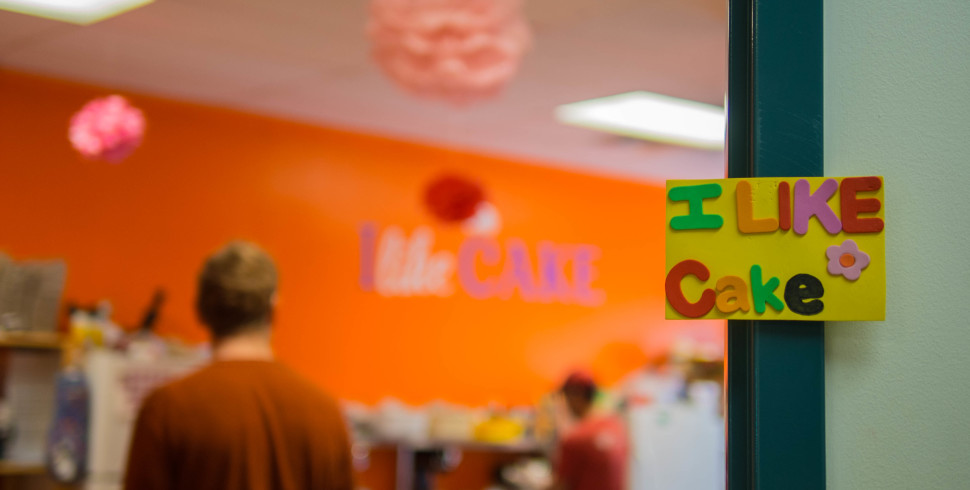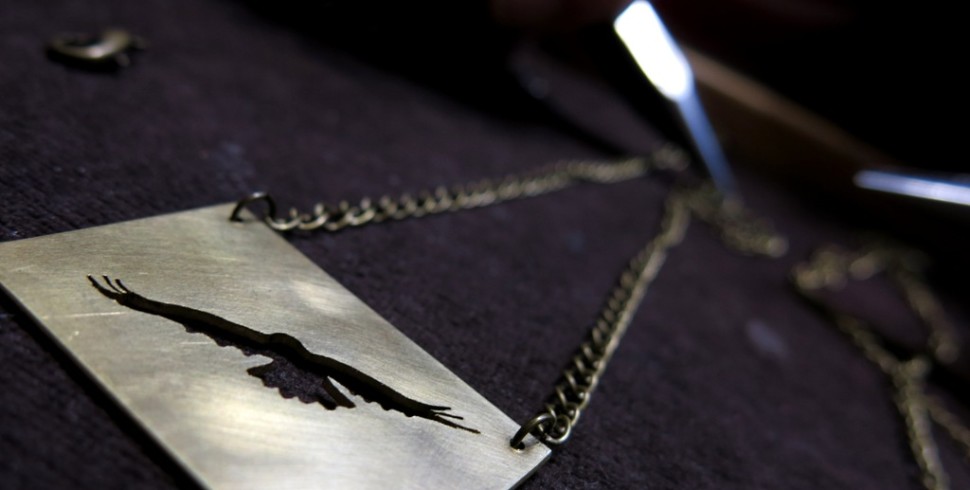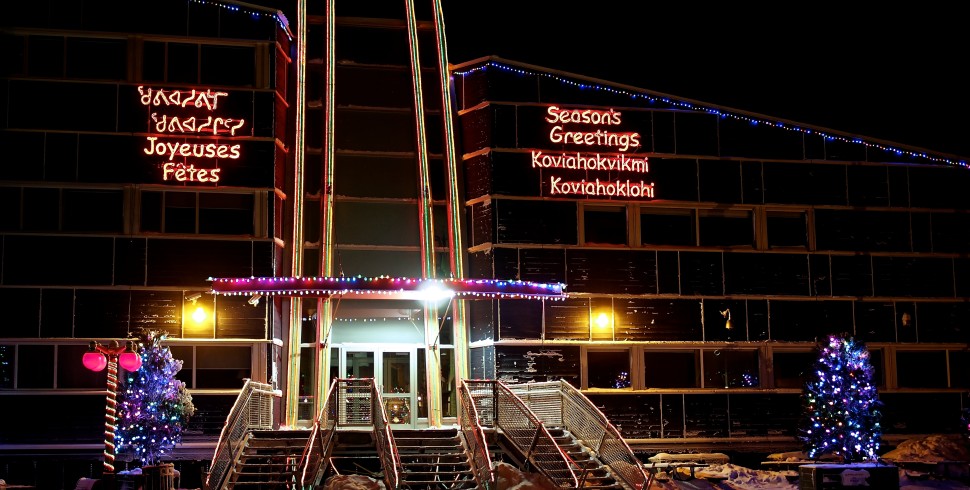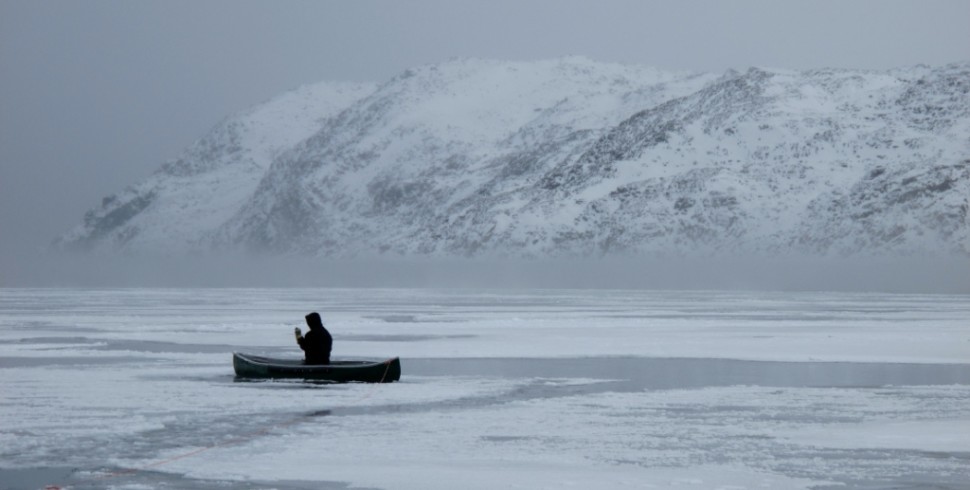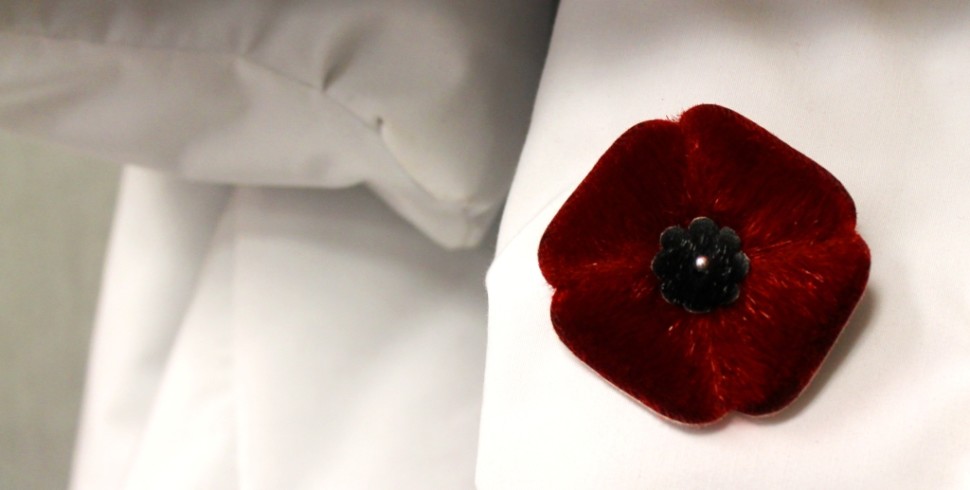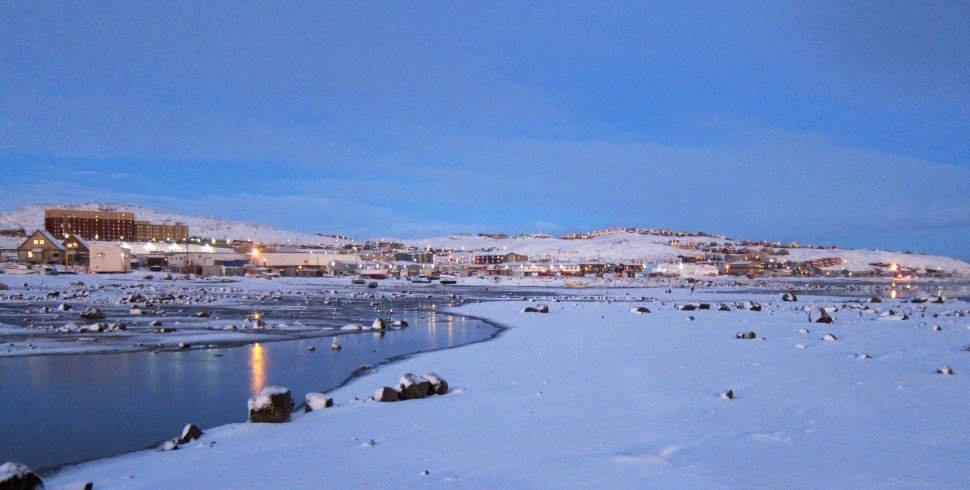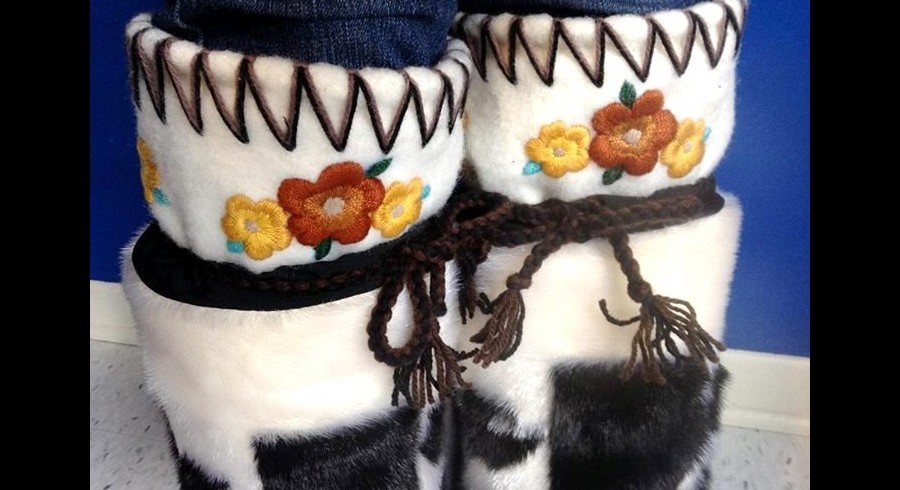Like so many great things these days, the idea for this post came from a tweet.
@_anubha what do you think of combining #nunagram with the red dress campaign on Oct 4 to demand an inquiry for #mmiw?
— Laakkuluk W. Bathory (@Laakkuluk) September 4, 2015
What Laakkuluk is referring to is the REDress Project, which was started by Jaime Bell in 2014. Jaime described the project as “an aesthetic response to the more than 1,000 missing and murdered women Aboriginal women in Canada.” The concept was simple and powerful – collect 600 red dresses and put them on display, empty, as a “visual reminder of the staggering number of women who are no longer with us.” The installation has inspired many, including Laakkuluk:
“My social media feed is full of social justice politics from all over the indigenous world and especially from Inuit regions and indigenous Canada,” she explained. “When I first saw pictures of the empty red dresses hanging at the University of Saskatchewan it took my breath away. It was the epitome of truth – there are so many indigenous women hurt, gone, and dead.”
MMIW and Nunavut
The Qulliit Status of Women Council has “advocated for an inquiry into murdered and missing indigenous women and girls” since 2012. In an email statement, the Council wrote to me that “reconciliation includes justice and healing for the indigenous families who are today experiencing tragedy as a result of historic injustice,” which is why they continue to pressure the Canadian government to move forward with the recommended inquiry into missing and murdered indigenous women (MMIW) from the Truth and Reconciliation Commission.
“We continue to add our resolute voice to the call for an inquiry because we believe that the complex interplay of factors underlying this tragedy – many of which are part of the legacy of residential schools – needs to be examined, as does the lack of success of police forces in solving these crimes against indigenous women.”
Locally in Iqaluit, one of the strongest and most vocal advocates for action against MMIW has been Janet Brewster. Janet has spoken publicly about her personal and family’s struggle as they cope daily with the murder of her aunt Sylvia Lyall-Ritchie, and the absence of her cousin Angela Meyer, who went missing in 2010.
“The cost of doing nothing is immeasurable,” she urges. “There is no tool that could possibly measure the enormity of the devastating impact of the pain that we hold inside, facing the world with a smile, just to make it through every day.”
Collaborating with these women, Finding True North is so humbled to bring you an option to do something, very simply, to bring more awareness to the issue of MMIW in Nunavut and Canada.
#REDressNU
The REDress Project has expanded to include a growing online community as well as installations across the country – but not yet here in Nunavut. Laakkuluk wants to change that.
“This campaign is relevant to Nunavut in a number of different ways,” she said. “As Canadian indigenous people – albeit with very different cultures – we all are working on decolonizing an immense governmental system and society…In Nunavut and amongst Inuit, there is also a high portion of women who have been brutalized, if not murdered in many unspeakably awful situations. [This] is about our people as well.”
Right now, the REDress Project has created a call to action, asking individuals and businesses to hang red dresses on their doors or windows on October 4th, the same day as many communities will hold Sisters in Spirit Vigils across the country.
We would like to take this call to action and extend it to the territory, with a Nunavut twist. Again, the concept is quite simple:
1. Hang a red dress or other red article of women’s clothing anywhere in your community. Be creative: use amautiit, parkas, etc. to make it Nunavut-specific.
2. Snap a photo of the empty red dress hanging.
3. Upload the photo to Instagram, Twitter, or Facebook with the hashtag #REDressNU.
4. Share this blog post and the tagged photos to increase awareness and get as many Nunavummiut as possible involved.
On October 4th, we will compile a selection of the tagged photos in a blog post, to showcase our collective support for an inquiry into MMIW, and an end to violence against Abriginal women not only in Nunavut, but Canada. And let’s not forget – this is an election year.
“Getting Nunavummiut to hang red dresses will help bring the issue of violence against women to a new level of awareness, and make Inuit-specific issues a part of the national need to understand what is happening to missing and murdered indigenous women,” Laakkuluk says.
The link to land in this installment – whether that be trees or tundra – is also not lost on Laakkuluk. “We have a great love of nuna [land] and sila [environment] here in Nunavut,” she reasons. “It is no coincidence that we find the land so healing and that is integral to the art project.”
Most importantly, the REDress Project gives indigenous communities and their allies the opportunity to “mobilize around safety, health, and self-determination,” in a way that is accessible, deliberate, and inclusive.
“My heart thumps at our need to take ownership of change.”
To learn more about Aboriginal justice, MMIW, and the amazing groups that are working everyday to make things happen, please check out these pages (please do add your suggestions in the comments):
Native Women’s Association of Canada Pauktuutit Inuit Women of Canada Walking With Our Sisters It Starts With Us
If you would like to show your support in other ways, we encourage you to donate to Iqaluit organizations like Qullit Status of Women, the Qimaavik Women’s Shelter, or local women’s groups in your community.

